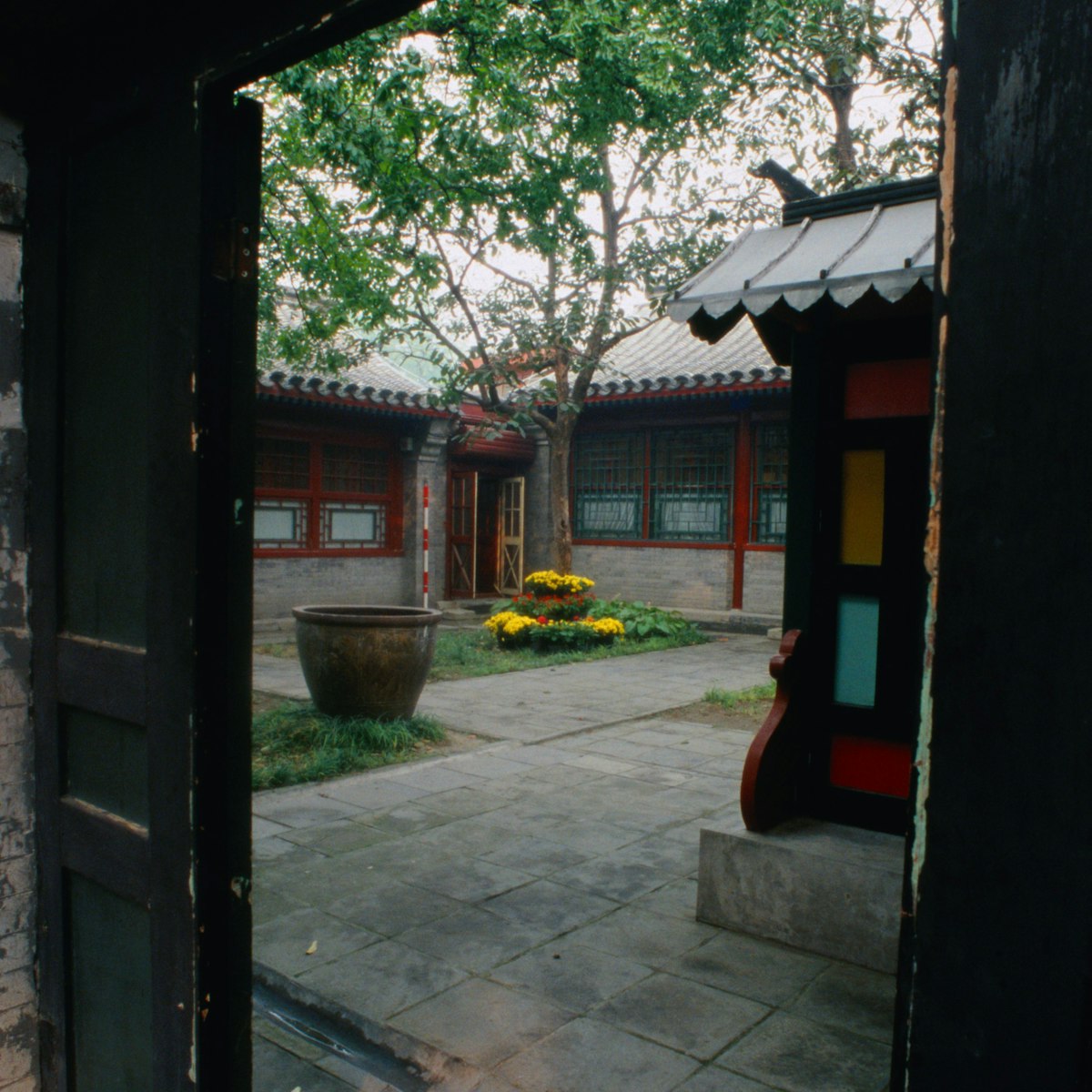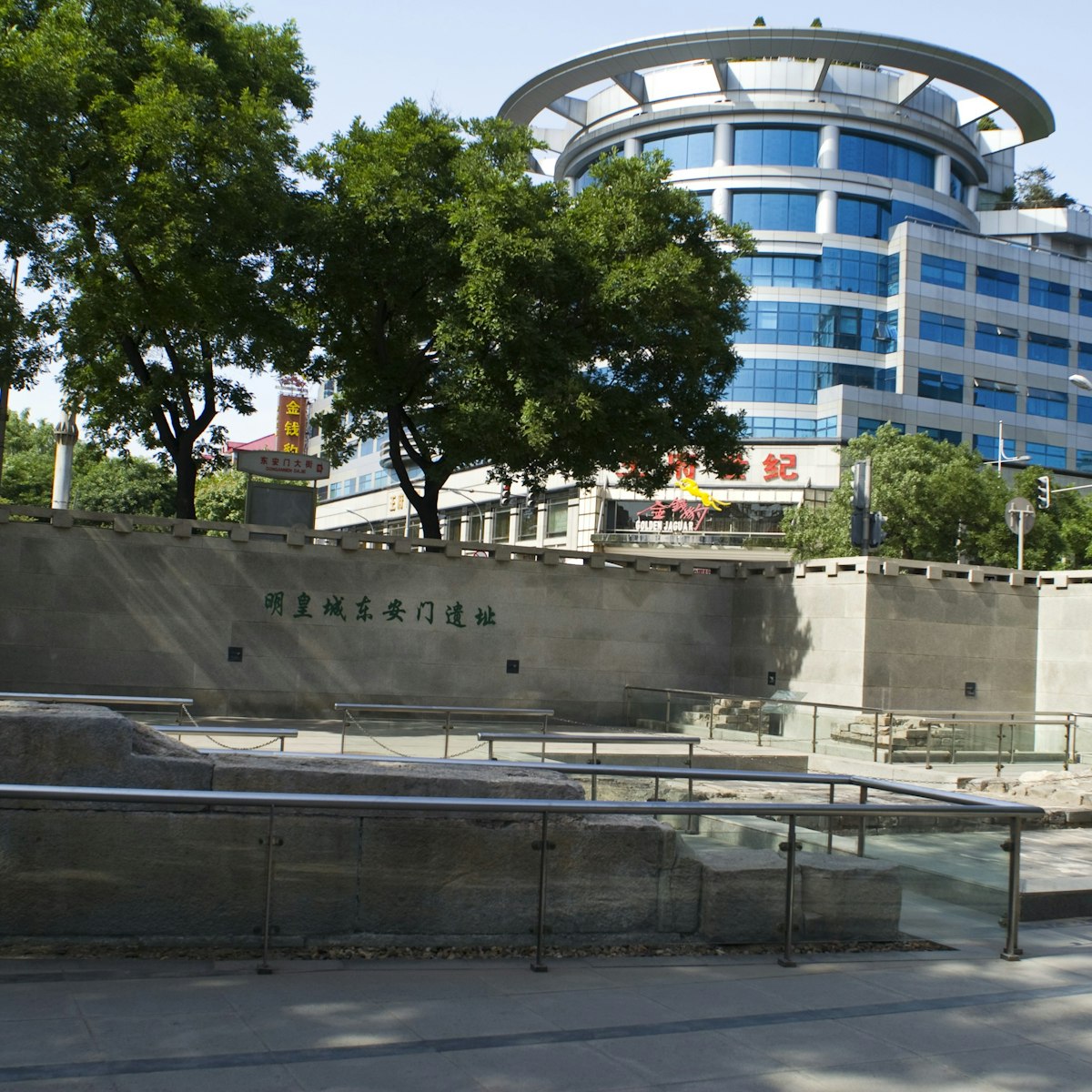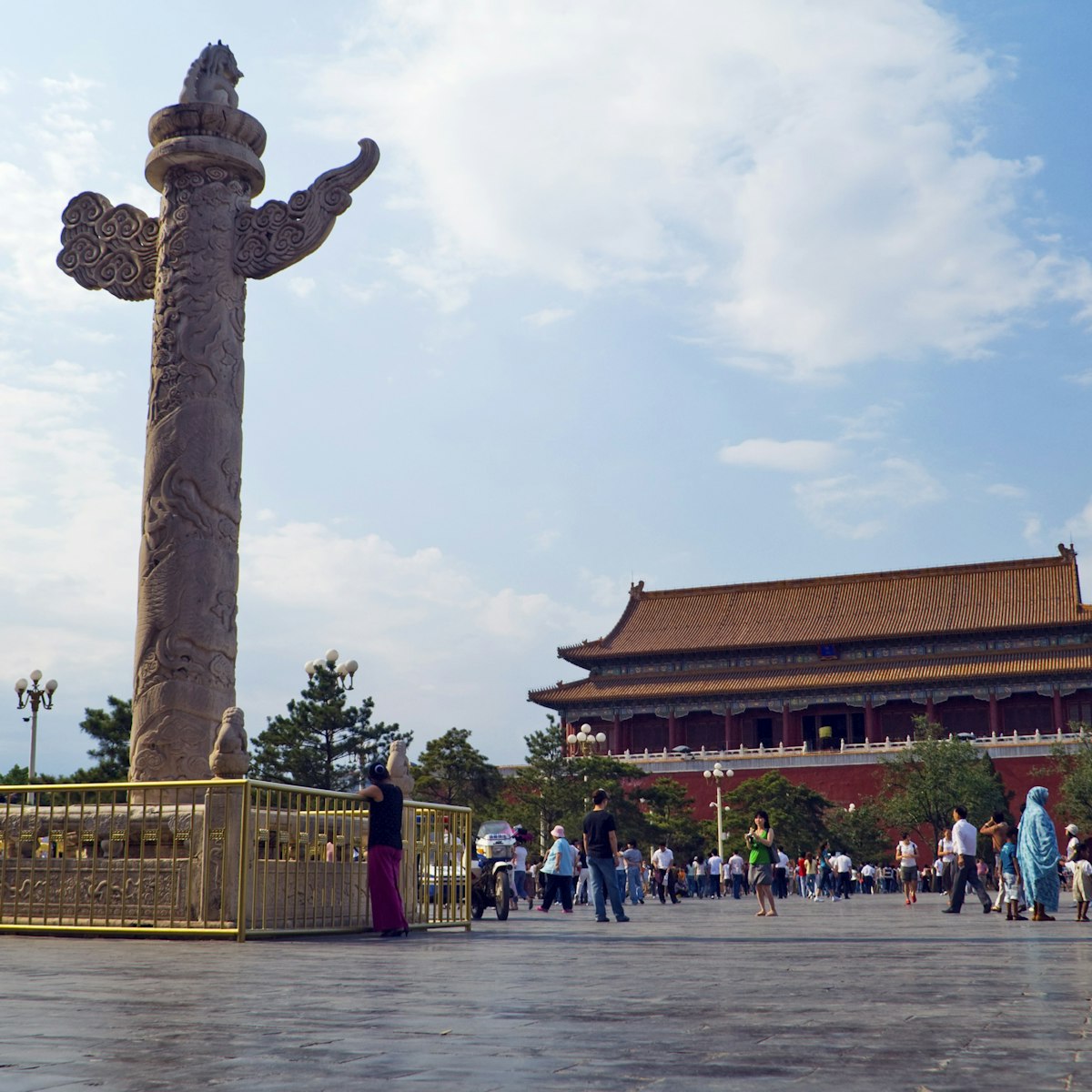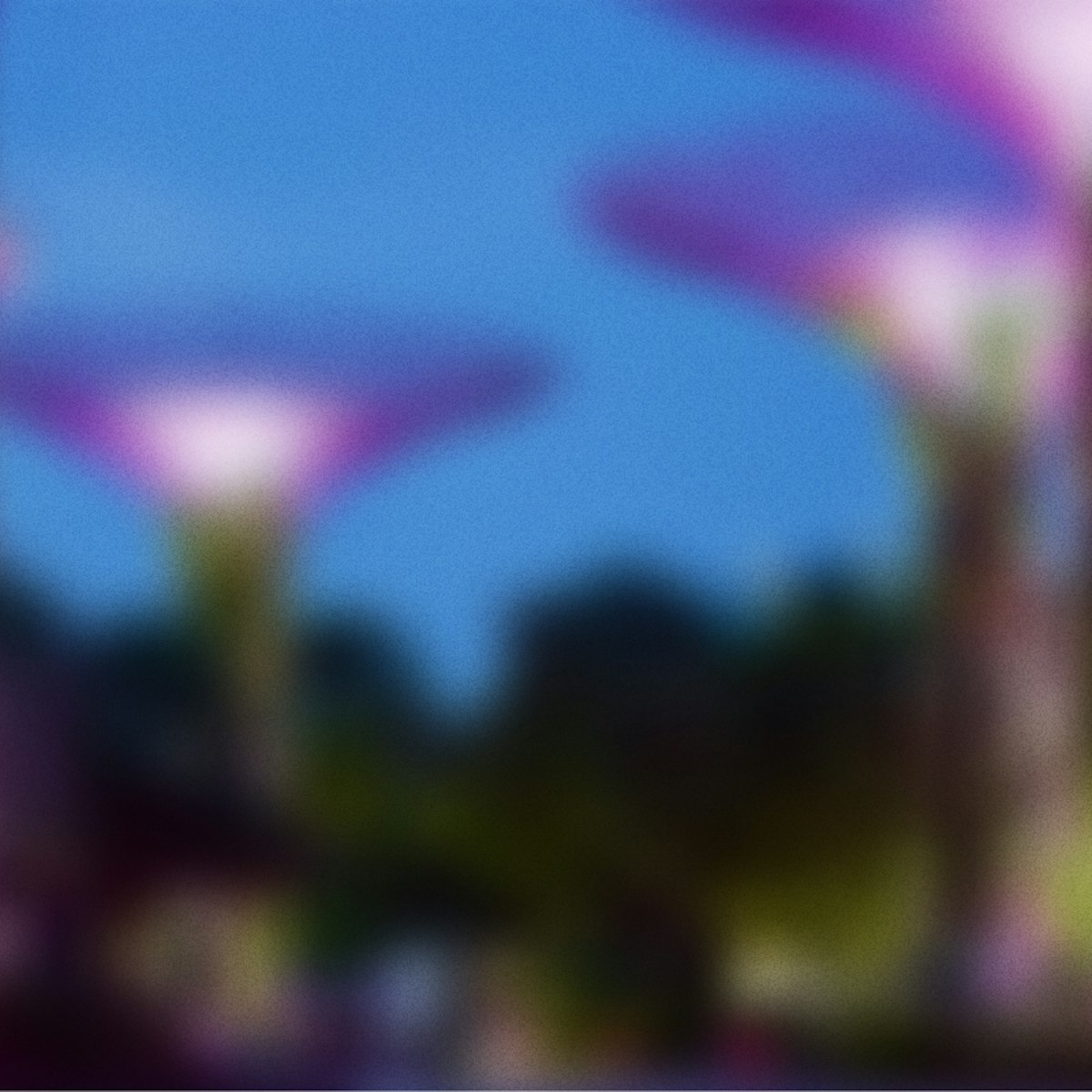
Forbidden City & Dongcheng Central
This renovated courtyard was the home of Lao She (1899–1966), one of Beijing’s best-loved 20th-century writers. Author of Rickshaw Boy and Tea House, and…

Forbidden City & Dongcheng Central
This renovated courtyard was the home of Lao She (1899–1966), one of Beijing’s best-loved 20th-century writers. Author of Rickshaw Boy and Tea House, and…

Forbidden City & Dongcheng Central
In two roadside excavations north and south of the crossroads here are the remains of the once magnificent Dong'an Men – the east gate of the Imperial…

Forbidden City & Dongcheng Central
Sandwiched between the Gate of Heavenly Peace and Meridian Gate, Duan Gate (Gate of Uprightness) was stripped of its treasures by foreign forces quelling…

Forbidden City & Dongcheng Central
Monolithic shopping malls face each other across this prestigious avenue thronged with mostly out-of-town tourists. The late-20th-century Chinese…

Forbidden City & Dongcheng Central
After the CCTV Tower and the Bird's Nest Stadium, Beijing's Galaxy Soho trumpeted itself as the capital's next modern architectural landmark when it…

Forbidden City & Dongcheng Central
Shijia Hutong has seen plenty of action over the decades, as this spiffy museum in a rebuilt sìhéyuàn (courtyard residence) explains. English is ample…

Forbidden City & Dongcheng Central
There's a reason this park is 2.4km long yet only 30m wide; it traces part of the old Imperial City walls dismantled in the 1950s. The walls enclosed the…

Monument to the People’s Heroes
Forbidden City & Dongcheng Central
In the centre of Tian'anmen Sq rises the 40m-high Monument to the People’s Heroes, an obelisk of Qingdao granite completed in 1958 (though it was…

Forbidden City & Dongcheng Central
Squeezed between shopping malls on Wangfujing Dajie is the delightfully incongruous St Joseph's, dating, in its current incarnation, from 1901. In fact,…

Forbidden City & Dongcheng Central
In the northern boundary of the Treasure Garden is the site where Zhen (the Pearl Concubine), favourite consort of Emperor Guangxu, was said to have been…

Forbidden City & Dongcheng Central
This hall was the principal residence of the emperor in the Ming and early Qing dynasties, where the son of heaven slept and worked. Later in the Qing…

Forbidden City & Dongcheng Central
The imposing red gateway here, bearing a passing resemblance to the Arc de Triomphe, belonged to the French Legation. The two Chinese lions flanking the…

Forbidden City & Dongcheng Central
The middle of the three outer halls, the Hall of Union was the place for the empress to receive greetings from her high-ranking subjects during major…

Forbidden City & Dongcheng Central
Within the former Legation Quarter is this wonderfully gothic church, established in 1901 to serve the neighbouring Former French Legation and meet the…

Forbidden City & Dongcheng Central
The Gate of Heavenly Purity was the main portal between the outer and inner courts of the Forbidden City. Note the pair of gilded bronze lions guarding…

Forbidden City & Dongcheng Central
The Forbidden City’s north gate, for exit-only. From here you can cross the road into Jingshan Park. During imperial times, the gate was used by servants…

Forbidden City & Dongcheng Central
A green-roofed building rises behind a wall at No 40, which was once the Dutch Legation. To the north, a faded street sign reads 'USSR Embassy Compound…

Forbidden City & Dongcheng Central
One of the six western palaces in the Forbidden City, this was the residence of various empresses and imperial concubines. The Chongzhen Emperor (1628…

Forbidden City & Dongcheng Central
Built after the Boxer Rebellion in 1910, this is one of most impressive western-style buildings in the Former Legation Quarter. It's now home to the China…

Forbidden City & Dongcheng Central
This hall contains interesting photos of the last emperor Puyi, who lived here as a child ruler at the turn of the 20th century. Empress Dowager Cixi also…

Forbidden City & Dongcheng Central
One of the six eastern palaces, this dates from 1420, and was used as a residence of imperial concubines. Today it houses a museum displaying a range of…

Forbidden City & Dongcheng Central
One of the six eastern palaces in the Forbidden City, this was a residence of imperial concubines. Emperor Kangxi, most exalted of the Qing emperors (or…

Palace of Earthly Tranquillity
Forbidden City & Dongcheng Central
This palace was originally the residence of the empress, and in later times became the imperial couple’s bridal chamber (they only spent the first two…

Forbidden City & Dongcheng Central
Built in 1420, this palace has been the residence of numerous empresses, imperial concubines and consorts. It's one of the six eastern palaces in the…

Forbidden City & Dongcheng Central
This historic entryway is all you can see of the palatial former British Legation, now home to China's Security Bureau. It was where most of the…

Forbidden City & Dongcheng Central
One of the Forbidden City's six eastern palaces, this is notable for being the former residence of the young Xianfeng Emperor, who lived here with his mum.

Forbidden City & Dongcheng Central
A portal leading to the Hall of Martial Valour in the western regions of the Forbidden City's outer court.

Forbidden City & Dongcheng Central
The northeasternmost of the six eastern palaces of the Forbidden City, it started out as a residence for concubines, and later became a library.

Forbidden City & Dongcheng Central
Small gate leading to the Gate of Divine Prowess, which serves as the Forbidden City's north exit.

Pavilion of Spreading Righteousness
Forbidden City & Dongcheng Central
This pavilion was used during the Qing dynasty to store gold and silver objects used for ceremonial rituals.

Forbidden City & Dongcheng Central
This attractive double-eaved hall is the only Taoist temple located on the central axis of Beijing.

Forbidden City & Dongcheng Central
A gate leading to the Hall of Martial Valour.

Forbidden City & Dongcheng Central
This inactive Tibetan Buddhist temple can't be entered, but the elevated square in front, which forms part of a small park, is a peaceful little escape…

Forbidden City & Dongcheng Central
Several teetering old storehouses here once held grain and rice for the imperial family. Today they've been integrated into a fairly lacklustre enclave of…

Forbidden City & Dongcheng Central
In Beijing's Former Legation Quarter, this grey brick building served as the French Post Office in the early 20th century. It was recently a Sichuan…

Forbidden City & Dongcheng Central
Outside the northwest walls of the Forbidden City is this Qing dynasty Buddhist temple, once used for worshipping the god of rain. It's one of several in…

Forbidden City & Dongcheng Central
This branch of the famous Sheng Xi Fu Hat Store has a quirky, free-to-visit hat museum out the back, revealing the history of the company and of hats in…

Forbidden City & Dongcheng Central
One of the main halls within the Workers' Cultural Palace, but closed to visitors. It was used to store the spirit tablets of imperial ancestors in its…

Forbidden City & Dongcheng Central
Known locally as the Resting Hall, this imperial building has a yellow-glazed eave-hipped roof. Closed for visitors.